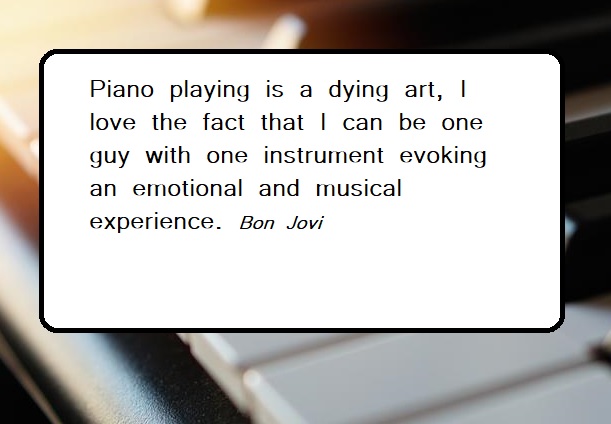
There are so many choices of piano; options include: electronic keyboards, stage pianos, digital pianos and traditional acoustic pianos. This page is designed to help you decide which option is best for you.

Acoustic piano - if you are buying a traditional acoustic piano, it is a good idea to either play it or ask someone to play it for you so you can hear the quality of the sound. You will need to decide your budget and choose the piano you prefer within that range. Piano shops are always glad to guide you on this; they often also sell some second hand pianos. Remember acoustic pianos need to be tuned every 6-12 months and must be placed somewhere where there are not fluctuations of temperature. Acoustic pianos are very heavy so are generally not suitable to be transported upstairs. You will also need to be aware of noise pollution if you have thin walls.
Digital/ Stage Pianos and Electronic Keyboards – are a cheaper option which generally take up less space and have the advantage that they come with a headphone socket and you can also control the overall volume. Prices vary and it is always good to have a play so you can hear the quality of the sound.
Electronic keyboards are the cheapest option but will generally be suitable only for the first couple of years. Stage pianos are just portable digital pianos and are a better option as they have a closer feel to the acoustic piano. The prices vary greatly depending on the make and the quality of sounds. The guide below will help you understand what you are getting for your money.
Guidance on Terminology
Number of keys – Stage pianos and electronic keyboards come in different sizes. The ideal size is 88 keys as this is a full-size keyboard; a smaller keyboard, with 61 keys, will last 2-3 years.
Touch responsive keys – this is the minimum requirement for piano lessons as you can control how loud or soft the piano plays by how firmly you press the key. We would definitely recommend that you hire or purchase a keyboard with this function.
Fully weighted keys - have the same feel as an acoustic piano. These cost more, but it means that it has a similar touch to an acoustic piano. The best digital pianos will even weigh the bass notes just a bit more heavily which imitates the larger hammers and strings found in the lower notes of an acoustic piano.
Partially/ semi weighted keys – this is a cheaper option than the fully weighted option and is half way between the touch response and fully weighted options.
Maximum polyphony – means how many notes the keyboard or piano can produce at one time. 32 note polyphony would be the minimum recommended but it can go all the way up to 256.
Number of tones/sounds - this is how many instruments you can make it sound like. You only really need piano and maybe a few others if you want fun experimenting with sounds so don’t pay for sounds that you do not need.
Speakers - check whether your keyboard or piano have internal speakers or whether you need an amplifier. Is there a headphone socket if it is going to be stored in a public area?
Foot pedals – does your keyboard/ piano come with a legato foot pedal or do you need to buy one?
